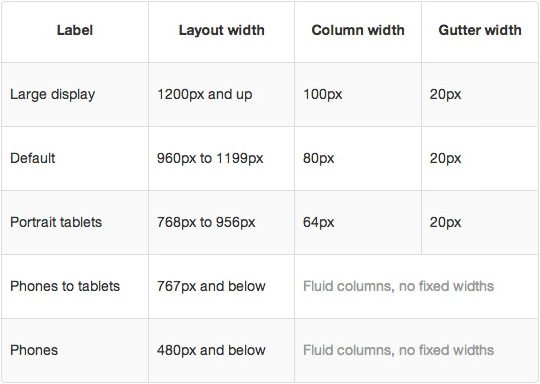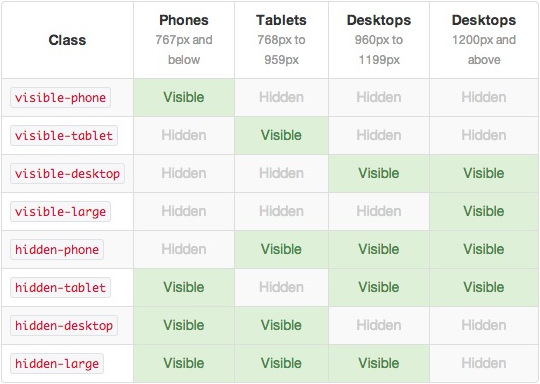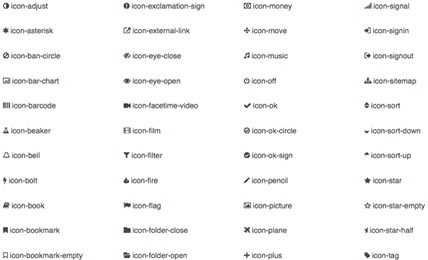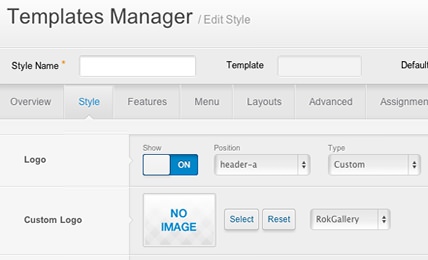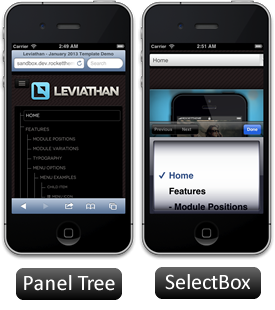The next generation layout and structure compliments the beautiful and intricate design of the template in conjunction with its many features and integrated plugins
Features
Inside Leviathan Template
The next generation layout and structure compliments the beautiful and intricate design of the template in conjunction with its many features and integrated plugins
The next generation layout and structure compliments the beautiful and intricate design of the template in conjunction with its many features and integrated plugins

